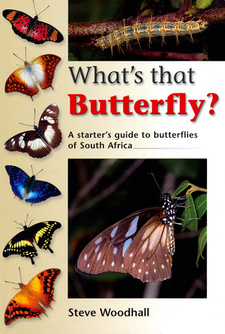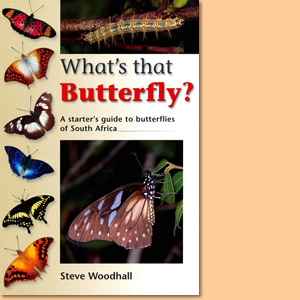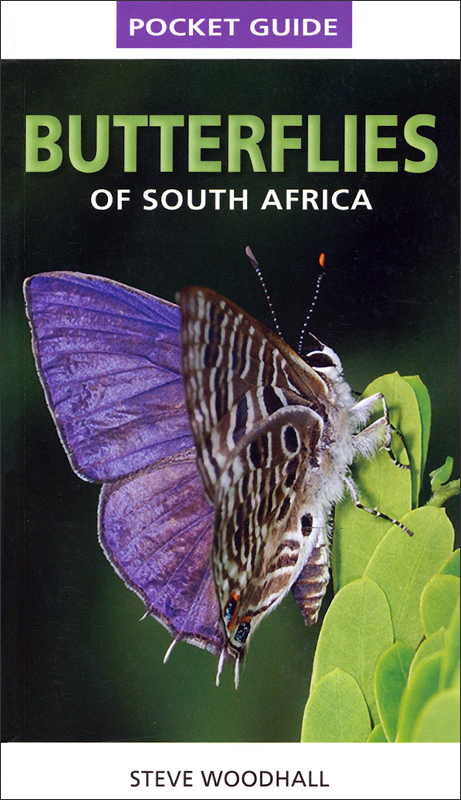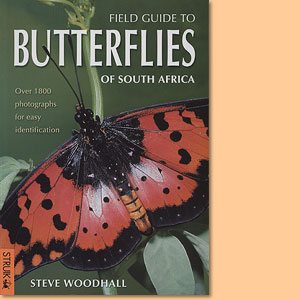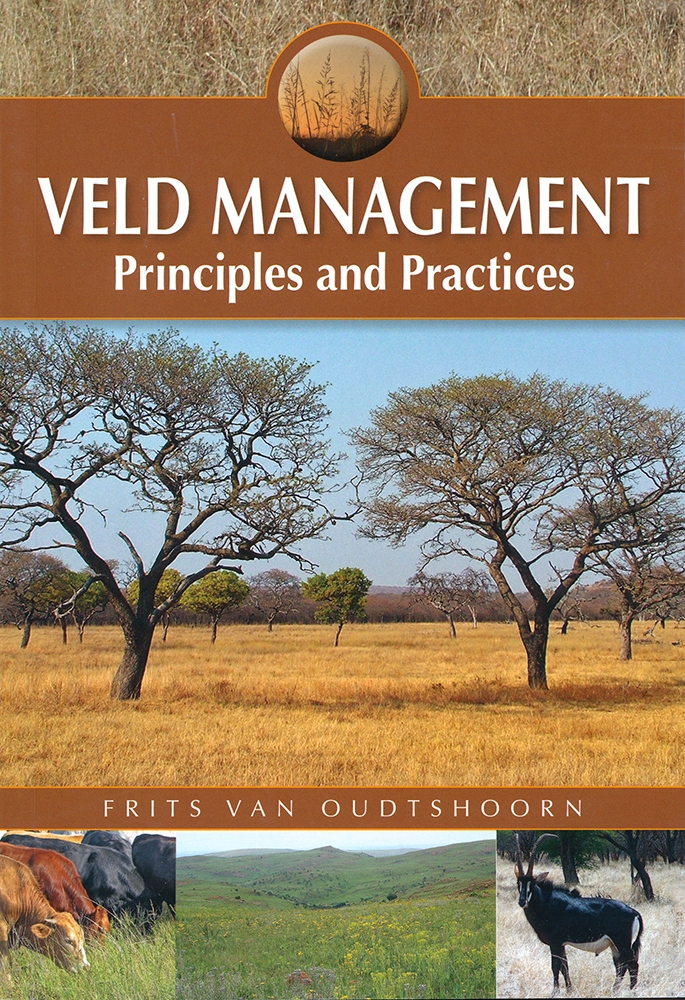What's that Butterfly?, by Steve Woodhall
This is the introduction to the guide What's that Butterfly?, written by expert Steve Woodhall.
To a beginner, even the variety of butterflies seen in an urban garden can be confusing. Where to start? There are butterfly identification guides available, but the large number of species covered in these may be confusing to the novice, which is why this book was written. The more than 660 species of butterfly in South Africa can be broken down into less than 60 groups of broadly similar ones. Some of these groups are huge, with many similar species that can be difficult to tell apart. Butterflies within the groups may differ widely in colouring and markings, but will have things in common - such as shape, behaviour and jizz - that hold them together and make them easy to identify as belonging to the group. To get to know butterflies you have to enter the world of the tiny, which can be daunting. Fortunately, there are many species large enough to observe with ease, but the most interesting butterflies to watch are the small ones, which are usually also wary and fast. Until recently, it was not easy to view these up close unless you collected them. The development of cheap, easy-to-use digital cameras, and macro binoculars, has changed that. The groups and butterflies covered here have been arranged to show you, the starter, the species most easily found and identified. You might have seen many of them in a familiar place, such as your garden, or on holiday in a game reserve. Nearly all the groups have at least one butterfly species that is fairly easy to locate, but some have to be searched for as they have very specific habitat requirements. The sequence of groups follows family groupings, but no attempt has been made to arrange them according to the type of habitat they prefer. Unlike birds, few butterfly groups are exclusively bound to one particular type of habitat. Once you have reached the stage where you can confidently place a butterfly in its group, you will be able to tackle the more difficult species. I would advise using this book alongside a comprehensive work such as Field Guide to Butterflies of South Africa, to help you build a mental picture of how the groups work and learn to use a specialist field guide. The fabulous thing about butterflies is that they can be seen almost anywhere. Watching butterflies is a complementary activity to pursuits such as birding, fishing or hiking. Butterflies add greatly to the richness of the outdoor experience. The charm of butterflies is not just their beauty; they lead fascinating lives that are often still not fully understood and, most of all, looking for them is fun. [...]
This is an excerpt from the book: What's that Butterfly?, by Steve Woodhall.
Author: Steve Woodhall
Publisher: Random House Struik
Imprint: Nature
Cape Town, South Africa 2000
ISBN 9781770074866 / ISBN 978-1-77007-486-6
Softcover, 17x24 cm, 144 pages, throughout colour photos
Woodhall, Steve im Namibiana-Buchangebot
What's that Butterfly?
What's that Butterfly? introduces the novice to a selection of the more than 660 species of butterfly in South Africa.
Pocket Guide: Butterflies of South Africa
This pocket guide offers concise text describing the habits, favoured habitat and early life stages of butterflies of South Africa.
Field Guide to Butterflies of South Africa
For easy identification in the field this comprehencive field guide features all of South Africa’s more than 660 butterfly species.
Weitere Buchempfehlungen
Veld Management: Principles and Practices
Veld Management, Principles and Practices supports land users professionaly managing the veld under their care.

